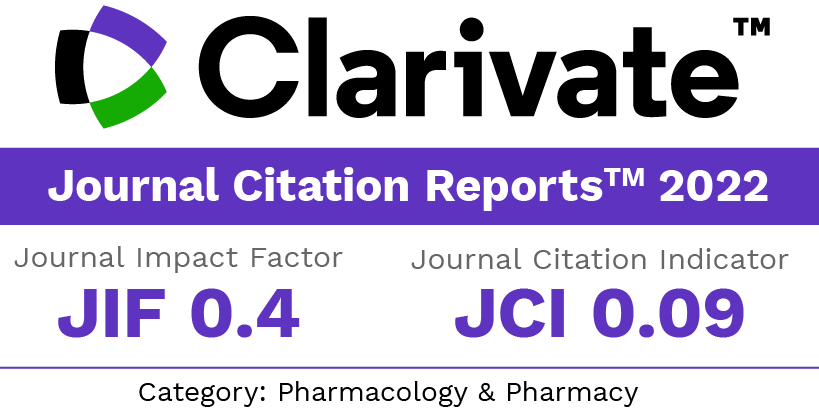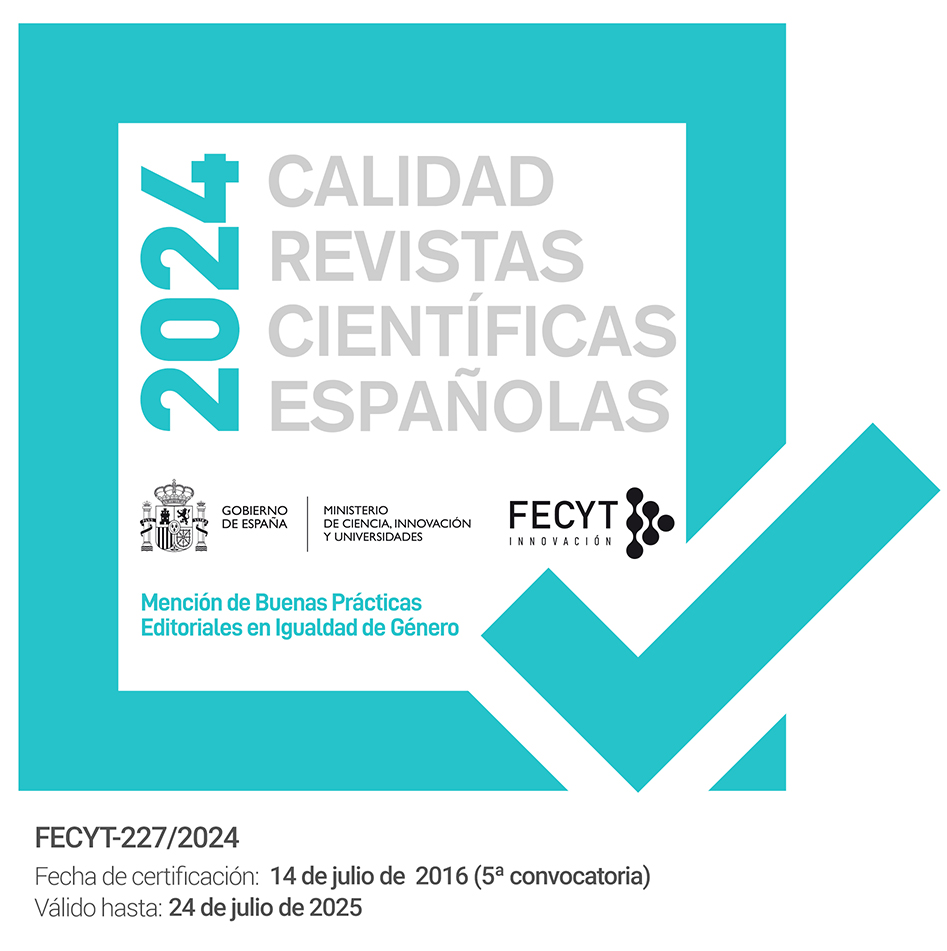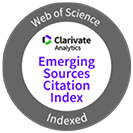Design of shark skin collagen-aloe composite scaffold for tissue engineering
Keywords:
Collagen, Scaffold, Biocompatibility, Glycosaminoglycan, Aloe veraAbstract
Collagen has proven to be a novel biomaterial used for drug delivery, wound cover dressings or as a substrate for tissueengineering with unique biocompatibility and biodegradable properties. Bovine and porcine Type I collagen providea readily available source of scaffold material for various biomedical applications. However these sources have somepotential risk of infectious diseases such as bovine spongiform encephalopathy or transmissible spongiform encephalopathy.Hence there is demand for an alternative Type I collagen from various other sources. The present study utilizesthe aquatic animals particularly the shark species in which collagen Type I is a major protein in the skin and thestructure has similarity to that of mammalian species. An attempt was made to use shark skin collagen as scaffold withthe extract of aloe to improve the stability. These scaffolds were characterized for various physicochemical propertiesand biocompatibility assessment to support the growth of human dermal fi broblasts in vitro. The incorporation of aloe extract highly infl uenced the morphology and physicochemical properties of the scaffold. It was observed in vitro thatthe fi broblasts retained the spindle shape, organized orientation when cultured over collagen scaffold. Thus the developedcollagen scaffold at 10: 1 ratio of shark skin collagen and aloe extract respectively served as a biocompatible materialwith appreciable tensile strength. The above investigation suggests that the developed shark skin collagen scaffold could bean effective alternative for the mammalian collagen for tissue engineering and various wound healing applications.Downloads
References
Rao KP. Recent developments of collagen-based materials for medical applications and drug delivery systems. J Biomater Sci Polym Ed 1995;7: 23-645.
Berglund JD, Mohseni MM, Nerem RM, Sambanis A. A biological hybrid model for collagen based tissue engineered vascular constructs. Biomaterials 2003;24:1241-1254.
Sionkowska A, Wess T. Mechanical properties of UV irradiated rat tail tendon collagen. Int J Biol Macromol 2004;34:9-12.
Gelse K, Poschl E, Aigner T. Collagens-structure, function and biosynthesis. Adv Drug Deliv Rev 2003;55:1531-1546.
Lee CH, Singla A, Lee Y. Biomedical applications of collagen. Int J Pharm 2001;221:1–22.
Kimura S, Kamimura T, Takema Y, Kubota M. Lower vertebrate collagen evidence for Type I – like collagen in the skin of lampery and shark. Biochim Biophys Acta 1981;669:251-257.
Saliba MJ. Heparin in the treatment of burns: a review. Burns 2001;27:349-358.
Freyman TM, Yannas IV, Gibson LJ. Cellular materials as porous scaffolds for tissue engineering. Prog Mater Sci 2001;46:273-282.
Davis RH, Donato JJ, Hartman GM, Haas RC. Anti-infl ammatory and wound healing activity of a growth substance in Aloe vera. J Am Podiatr Med Assoc 1994;84:77–81.
Grey V, Rouyer-Fessard C, Gammeltoft S. Insulin like growth factor ii/mannose- 6-phosphate receptors are transiently increased in the rat distal intestinal epithelium after resection. Mol Cell Endocrinol 1991;75:221-227.
Nagai T, Yamashita E, Taniguchi K, Kanamori N, Suzuki N. Isolation and characterisation of collagen from the outer skin waste material of cuttlefi sh (Sepia lycidas). Food Chem 2001;72:425–429.
Woessner JF. Jr. The determination of hydroxyproline in tissue and protein samples containing small proportions of this imino acid. Arch Biochem Biophys 1961;93:440-447.
Williams BR, Gelman RA, Poppke DC, Piez KA. Collagen fi bril formation. J Biol Chem 1978;253:6578-6585.
Dische Z. Color reactions of carbohydrates. In: Whistler RL, Wolfrom ML, editors. General color reactions: methods in carbohydrate chemistry. New York:Academic Press; 1962. 478–481.
Mosmann T. Rapid colorimetric assay for cellular growth and survival: application to proliferation and cytotoxicity assays. J Immunol Methods 1983;65:55-63.
Gelman RA, Williams BR, Piez KA. Collagen fi bril formation: evidence for multistep process. J Biol Chem 1979;254:180-186.
Ramachandran GN, Kartha G. Structure of collagen. Nature 1954;174:269-270.
Harkness RD. Collagen. Sci Prog 1966;54:257-274.
Nomura Y, Yamano M, Shirai K. Renaturation of alpha 1 chains from shark skin collagen Type I. J Food Sci 1995;60:1233-1236.
Knapp TR., Luck E, Daniels JR. Behavior of solubilised collagen as a bioplant. J Surg Res 1977;23:96-105.
Nomura Y, Toki S, Ishii Y, Shirai K. The physico chemical property of shark Type I collagen gel and membrane. J Agri Food Chem 2000;48:2028-2032.
Tiktopulo EE, Kajava AV. Denaturation of Type I collagen fi brils is an endothermic process accompanied by a noticeable change in the partial heat capacity. Biochemistry 1998;37:8147-8152.
Aumailley M, Gayraud B. Structure and biological activity of the extracellular matrix. J Mol Med 1998;76:253–265.
Friedl P, Zanker KS, Brocker EB. Cell migration strategies in 3-D extracellular matrix: differences in morphology, cell matrix interactions and integrin function. Microsc Res Tech 1998;43:369–378.
Bello YM, Falabella AF, Eaglstein WH. Tissue-engineered skin. Current status in wound healing. Am J Clin Dermatol 2001;2:305-313.
Downloads
Published
How to Cite
Issue
Section
License
The articles, which are published in this journal, are subject to the following terms in relation to the rights of patrimonial or exploitation:
- The authors will keep their copyright and guarantee to the journal the right of first publication of their work, which will be distributed with a Creative Commons BY-NC-SA 4.0 license that allows third parties to reuse the work whenever its author, quote the original source and do not make commercial use of it.
b. The authors may adopt other non-exclusive licensing agreements for the distribution of the published version of the work (e.g., deposit it in an institutional telematic file or publish it in a monographic volume) provided that the original source of its publication is indicated.
c. Authors are allowed and advised to disseminate their work through the Internet (e.g. in institutional repositories or on their website) before and during the submission process, which can produce interesting exchanges and increase citations of the published work. (See The effect of open access).


















